Basketball, a fast-paced and exciting sport enjoyed by millions worldwide, is no stranger to incredible plays, intense competition, and, at times, heated emotions.
In high tension or unsportsmanlike conduct, “ejection” often emerges and instantly changes the game’s dynamics.
But, what does ejection mean in basketball, and under what circumstances can a player be removed from the court?
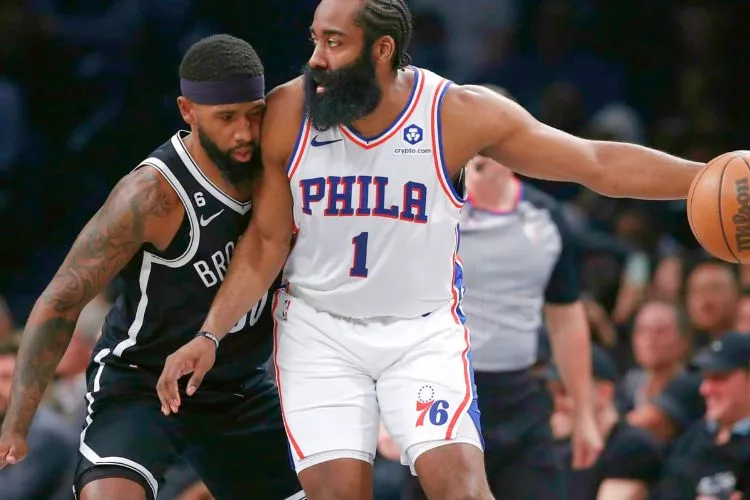
In this article, we’ll explore the concept of ejection in basketball, including:
- The rules and regulations surrounding ejections
- Common situations that lead to a player being ejected
- The consequences for both the player and the team
- Notable examples of ejections in basketball history
From flagrant fouls to technical violations, we’ll delve into the basketball rulebook to better understand ejections and their impact on the game.
What does ejection mean in basketball?
Ejection in basketball refers to removing a player, coach, or other team personnel from a game due to certain infractions, unsportsmanlike conduct, or unruly behavior. Game officials enforce ejections to maintain discipline, fair competition, and sports integrity.
Ejection Rules and Regulations
Specific rules are outlined in various basketball governing bodies, such as the NBA Official Rules and FIBA Official Basketball Rules, which guide the conditions upon which a player or coach can be ejected from a game.
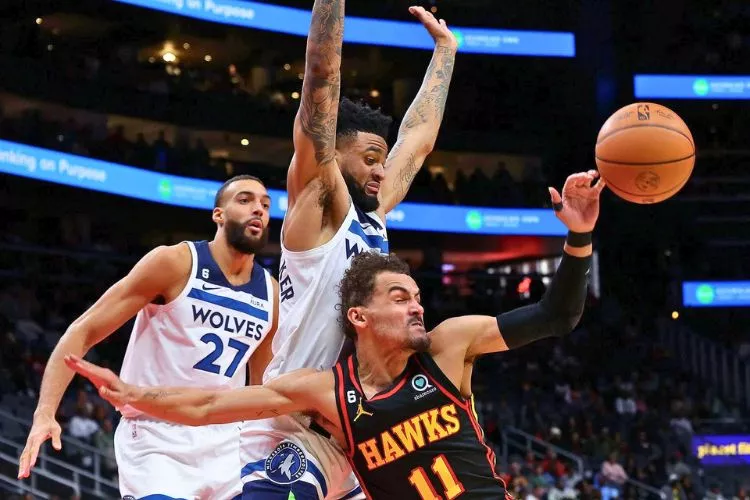
NBA Ejection Criteria
In the NBA, ejections commonly occur when a player or coach accumulates the following:
- Two technical fouls
- One flagrant foul (Flagrant 2)
- A combination of one technical foul and one flagrant foul (Flagrant 1)
NBA Ejection Criteria
In FIBA-regulated games, ejections can happen if a player or coach receives:
- Two unsportsmanlike fouls
- One disqualifying foul (equivalent to the NBA’s Flagrant 2 foul)
Typical Scenarios Leading to Ejections
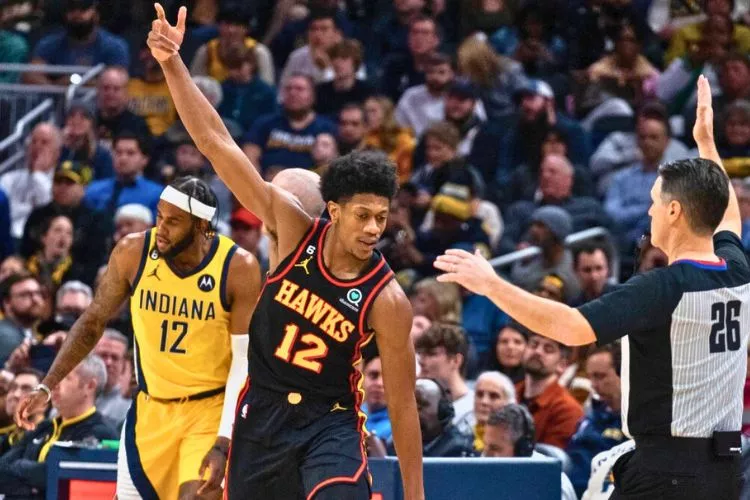
Technical Fouls
Technical fouls are typically assessed for violations involving unsportsmanlike conduct or other non-contact offenses. Examples include:
- Aggressive arguing or excessive complaining to referees
- Intentionally delaying the game
- Taunting or disrespecting opponents
- Committing illegal maneuvers, such as substitutions or entering the court
Flagrant Fouls
Flagrant fouls encompass violent or hazardous contact with an opponent and are sorted into two categories:
- Flagrant 1: Unnecessary contact that, according to officials, is deemed excessive but lacks intent to cause harm.
- Flagrant 2: Excessive and malicious contact, displaying a clear intent to cause harm.
Consequences Stemming from Ejections
When a player or coach is ejected from a game, they must leave the playing area immediately and be prohibited from participating further. Ejections can have broader repercussions, such as:
- Suspensions from upcoming games
- Monetary fines imposed by the league
- Damage to a player’s or team’s reputation
Famous Ejections in Basketball History
Several high-profile ejections have made headlines throughout basketball and involved star players and coaches alike. Some of the most notable examples include:
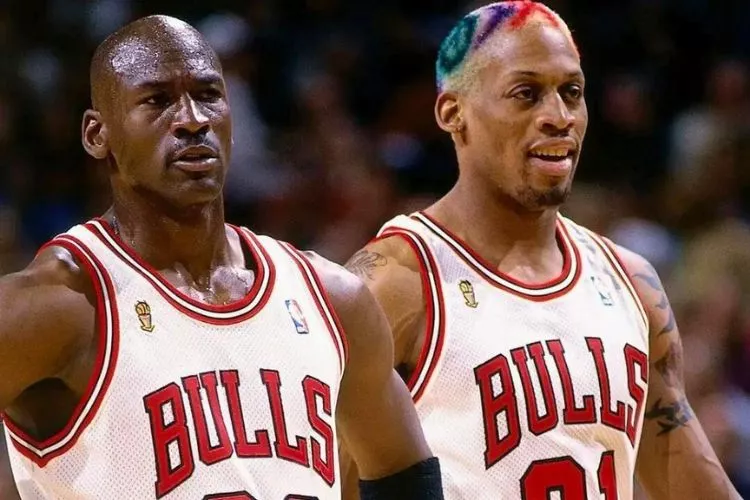
- Dennis Rodman accumulating an NBA-record 29 technical fouls and 14 ejections during the 1992-93 season
- Phil Jackson, widely regarded as one of the greatest NBA coaches, amassing a record of 77 ejections throughout his coaching career
- Draymond Green being ejected during Game 5 of the 2016 NBA Finals, resulting from an accumulation of flagrant foul points across the playoffs
Other Rules Of Ejection At Different Basketball Levels
While the NBA and FIBA are primary governing bodies that dictate ejection rules, numerous basketball levels and leagues worldwide have guidelines for ejecting players, coaches, or team personnel from a game. Here are some examples:
NCAA (National Collegiate Athletic Association)
- Two technical fouls
- One flagrant 2 foul
- A combination of one technical foul and one flagrant 1 foul
- Unsportsmanlike conduct, such as fighting
High School Basketball (NFHS Rules)
- Two technical fouls
- One flagrant 2 foul or a foul involving malicious contact
- A combination of one technical foul and one flagrant 1 foul
- Unsportsmanlike conduct, including taunting or excessive trash-talking
EuroLeague
- Two unsportsmanlike fouls
- One disqualifying foul (equivalent to the NBA’s Flagrant 2 foul)
- Unsporting actions or behaviors, such as fighting or engaging in a brawl
- Recipient of multiple technical fouls after committing minor infractions
Youth Basketball (Youth Basketball Rules)
- Two technical fouls
- One flagrant 2 foul or a foul involving aggressive, unsportsmanlike contact
- Unsportsmanlike conduct or disrespectful behavior towards opponents, officials, or coaches
- In some cases, a single technical foul may lead to ejection at the discretion of game officials, based on the severity of the offense
Who Can Get Ejected?
In basketball, players, coaches, and team personnel can get ejected for committing violations, unsportsmanlike conduct, or unruly behavior during a game.
What Happens When You Get Ejected In A Basketball Game?
Ejection from a basketball game means a player, coach, or team personnel is removed from the court due to certain violations or unsportsmanlike conduct. The repercussions for the ejected individual and their team can potentially impact the game’s outcome and beyond.
Immediate Consequences
When an individual is ejected from a basketball game, the following immediate consequences are in order:
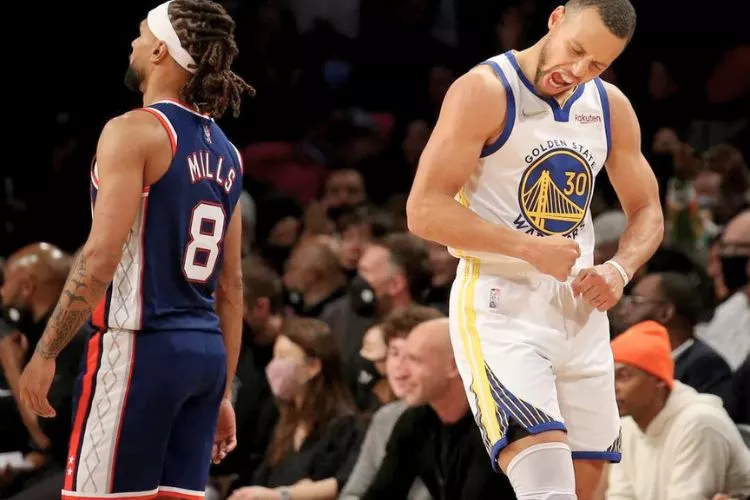
Leaving the Court
The ejected person must leave the playing area, usually by returning to their locker room or other designated space, and is not allowed to return to the bench or court for the remainder of the game.
Impact on Gameplay
Depending on the type of foul committed, the opposing team may be awarded:
- Free throws for technical fouls or flagrant fouls
- Possession of the ball
Adjustments to Team Lineup
For ejected players, their team must carry on with a substitute. When a coach is ejected, an assistant coach or designated team representative must take over coaching responsibilities for the remainder of the game.
Long-Term Consequences
Ejections can also have long-term consequences for both the individual and the team:
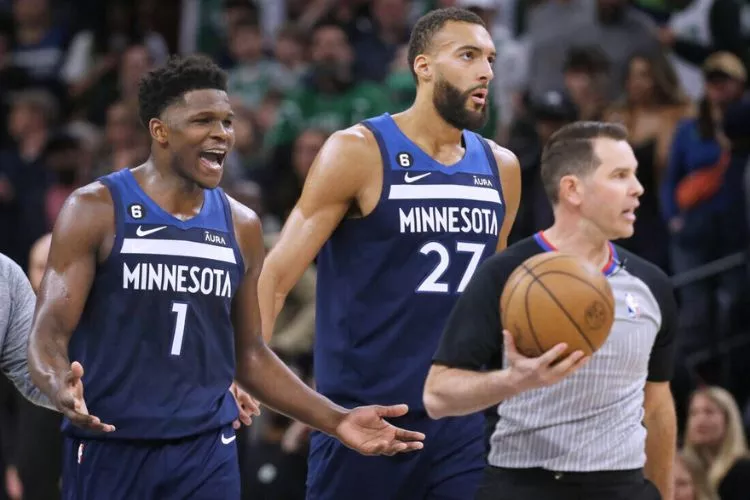
Suspensions
Based on the severity of the infraction or repeated offenses, ejected individuals may be issued suspensions for a specific number of games following the ejection. Suspensions limit the individual’s participation in subsequent games, affecting the team’s performance and vital player contributions.
Fines
Ejections may lead to monetary fines imposed by the league or governing body. The fine amount can vary depending on the severity of the infraction, and potential repeat offenses may lead to increased fine amounts.
Damage to Reputation
Individuals repeatedly ejected or involved in ejections due to unsportsmanlike conduct may find their reputations tarnished. This can impact future opportunities within the sport, endorsement deals or public image.
League Monitoring and Penalizations
When a player, coach, or team personnel develops a pattern of ejections, the league may implement additional monitoring, such as increased scrutiny from referees and league officials. If the problem persists, the league may take disciplinary actions against the team, including fines, loss of draft picks, or other penalties.
NBA Players With The Most Ejections In History
Rasheed Wallace holds the record for the most ejections in NBA history, having been ejected 29 times throughout his career. DeMarcus Cousins ranks second, having been ejected 14 times.
Can A Technical Foul Lead To Ejection In Basketball?
Yes, a technical foul can lead to ejection in basketball. In basketball rules, a player or coach can receive a technical foul for various infractions, such as unsportsmanlike conduct, arguing with officials, or using abusive language.
If a player or coach accumulates two technical fouls in a single game, they are automatically ejected and must leave the playing area.
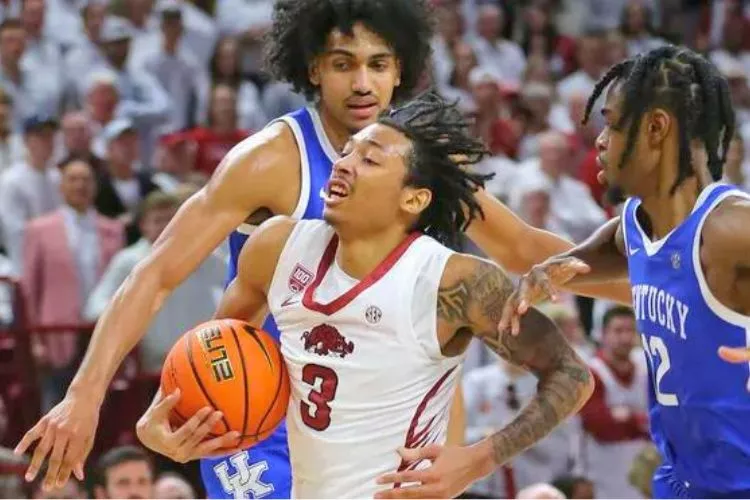
A severe technical foul, such as physical contact with an official or fighting, can also result in immediate ejection. Ejections are intended to maintain the integrity of the game and ensure fair and respectful behavior from all participants.
Can A Flagrant Foul Lead To Ejection In Basketball?
Yes, a flagrant foul in basketball can lead to the ejection of the offending player. Flagrant fouls are considered excessive and unnecessary contact, and two flagrant foul penalty 1s (F1) in a game will result in an automatic ejection.
Also, a single flagrant foul penalty 2 (F2) involving unnecessary and excessive contact will lead to immediate ejection.
Frequently Asked Questions (FAQs)
What do players do after getting ejected?
After getting ejected from a game, players typically go to the locker room or team bench area. They must leave the court and cannot participate in the remainder of the contest.
Do you miss a game if you get ejected?
No, players do not miss a game if they get ejected. They will miss the remainder of the current game but are eligible to play in the team’s next scheduled game.
Can an ejected player come back?
No, an ejected player cannot return to the current game once ejected. They must leave the court and cannot participate further in that game.
Do players get paid if they are ejected?
Yes, players still get paid their full salary even if they are ejected from a game for disciplinary reasons. There might be additional fines, but it does not affect their overall salary.
How many fouls do you need to get ejected in basketball?
In the NBA, players will be ejected if they receive two technical fouls or a single flagrant foul type 2 during a game. This can vary depending on the league regulations and circumstances surrounding the fouls.
Conclusion:
In conclusion, ejection in basketball refers to removing a player from the game due to the accumulation of specific fouls or severe rule violations. Ejected players must leave the court and cannot participate further in the ongoing match.
While this generally doesn’t impact a player’s pay, it may result in fines or potentially substantial suspensions depending on the infraction’s severity.
Recognizing the importance of ejection rules and their implications is crucial for players, coaches, and fans alike, contributing to preserving the spirit of the game and ensuring the matches are conducted with fairness, discipline, and professionalism.
